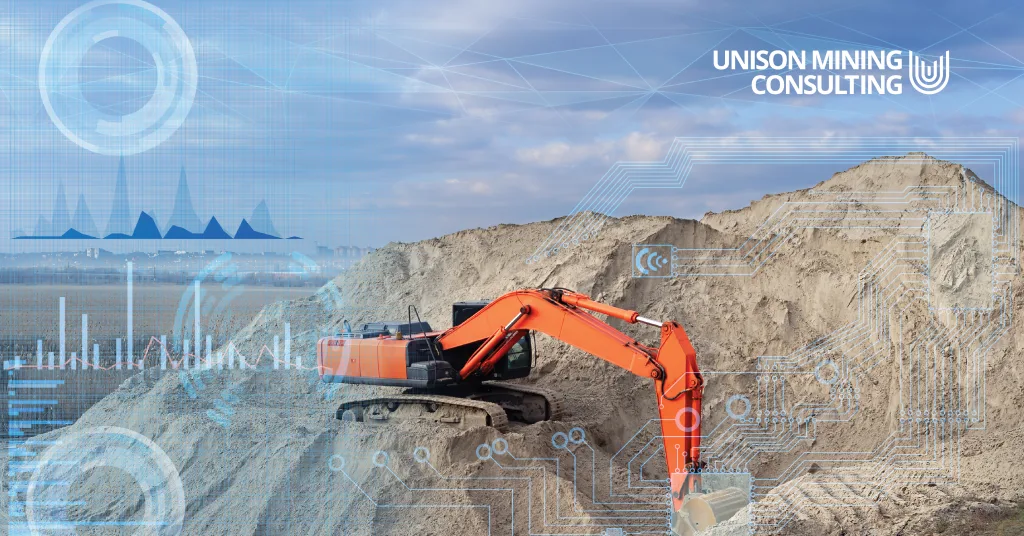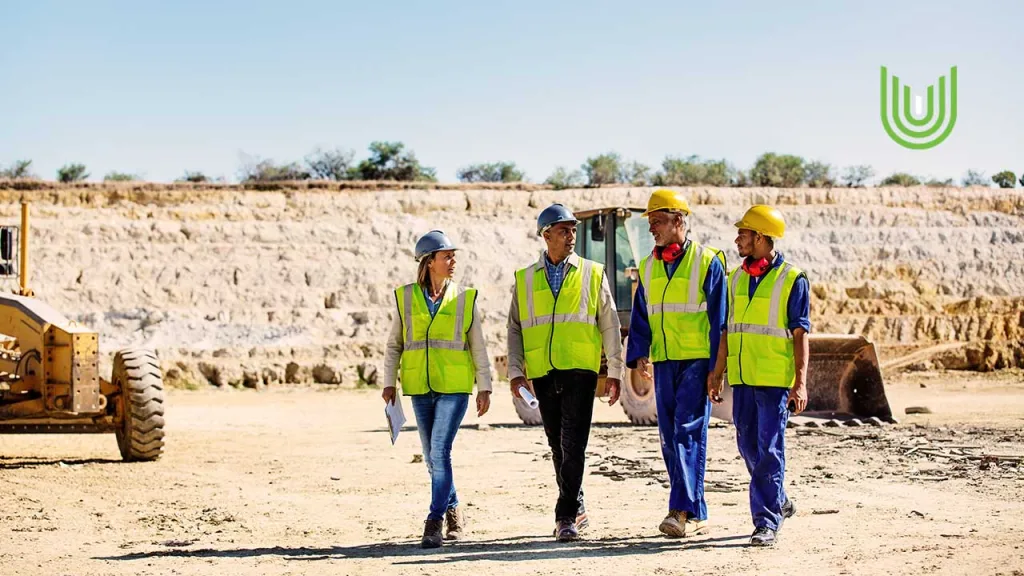Over-reliance on traditional power grids as a mine’s sole energy source can lead to unexpected downtime when power outages occur. In Mexico, power outages to the national grid have occurred as recently as September 2023 due to the heat waves which reached 40 degrees Celcius in the Bajio Region. Another complication with remote mines is the poor interconnectivity available to it and less developed infrastructure in surrounding areas to support transmissions from centralized grids.
Liquefied petroleum gas (LPG) and diesel generators are alternatives commonly used but with price fluctuations in the market, can have their own drawbacks should mining companies rely on them too heavily. The transport of LPG can be challenging as well for mines that are very remote, with limited roads and transportation networks, increasing the likelihood of unplanned downtime when a backup plan is not put in place. Relying on a single energy source leaves no room for error, and power loss could equate to millions of dollars lost with halts in day-to-day operations.
The Case for Energy Diversification in Mining Operations
A report by the Columbia Centre for Sustainable Investment showed that mining sector energy consumption is due to increase by 36% by 2035. Over time, as ores become more difficult to extract, a larger amount of energy will be required. As sources of renewable energy do not rely on the ore extraction process, they serve as a long-term investment to ensure the cost of energy expenses to power mines is managed effectively.
Many mining companies now aim to diversify their energy sources to address this very risk, transitioning to renewable energy to attract investors focused on sustainability. As the reliance of mining companies on a single source of power decreases with greater energy diversification, they can better ensure fewer unexpected power outages and manage risk due to price hikes – cutting operational expenditure significantly over the lifespan of their mines.
Additionally, with the mining industry now subject to increasing environmental regulations in Mexico, it is also prudent for companies to make this transition as soon as possible to leverage possible tax incentives or grants in the future, attract investors and ensure energy security.
Leverage Alternative Energy Sources for Mines with Microgrid Technology
Microgrid technology is becoming increasingly used in place of traditional national grids to overcome connectivity issues remote mines often face. The recent heat waves in Mexico led to a proliferation of microgrid usage to serve as energy backup.
These microgrids, which serve as locally generated energy sources can offer reliability, resilience, and ensure continuous operations for mining operations. By integrating renewable energy into existing supplies of power such as diesel or electricity from traditional grids, mining companies have a diversified pie of energy sources to ensure that should one go down, backup sources of power are available.
Mexico is, in fact, well-situated geographically to leverage renewable energy sources such as solar and wind power. Unlike liquefied petroleum gas and diesel, these renewable sources of energy are not subject to spikes in prices which leave a mine’s operational expenses at the discretion of the market. These savings can be substantial, with a report by Energy and Mines claiming that 1MW of solar typically produces 2,000MWh in a year, displacing around 500,000 liters of diesel.
With the help of microgrid technology which integrates multiple sources of energy for mine power, companies can prevent unexpected downtime due to power outages and improve compliance with developing environmental regulations for mining.
Increase Your Mine’s Energy Security and Mitigate the Risk of Unexpected Downtime
Transitioning to microgrids for mine power generation can be a worthwhile investment for the future of your mine to mitigate the risk of fluctuating oil prices and reliance on national grids.
While the initial investment in microgrids does involve upfront capital expenditure and planning, global trends suggest these initial expenses are becoming less costly over time as renewable energy sources become more competitive and widely adopted. Nonetheless, in exploring the use of microgrids and renewable sources of energy, a risk assessment and comprehensive analysis should be performed to better evaluate how to maximize the return on investment for this capital expenditure.
Our team at Unison Mining can work with you to determine your mine’s requirements and goals. We work closely with your team to evaluate the best plan of action for transitioning to renewable energies and leveraging microgrid technology in the most cost-effective and sustainable way – ensuring enduring results and continuous improvement for your organization.
Beyond developing blueprints and roadmaps, our goal is to collaborate with your teams on-the-ground during implementation and take accountability for building the actual systems, processes, and KPIs to sustain your energy diversification efforts.

















